Pascal Xicluna (France)
“Is this how men live?” Pascal Xicluna uses Aragon‘s words as an Ariadne’s thread in his photographic series, which tirelessly aims to capture the interactions between Man and his territory.
In the first place, this self-taught photographer refined his way of looking by printing black and white images in his lab. For twelve years, he worked for photographers including Kavdij Sluban, Stéphane Duroy, Xavier Lambours, Paolo Nozolino and Antoine d'Agata, who inspired him. During this time, he gradually developed personal projects on the city and urban spaces.
In 1998, he was awarded the "European Landscape" prize with his work "Au large du périf". That same year, he joined the "Paysage(s)" agency.
Since the years 2000, he has been working for the Ministry of Agriculture, and has done many assignments on rurality, the agricultural world and fishing, and has covered political news in the area. However, whether his approach is institutional or more personal, Pascal always questions the interactions at stake between men and their living environments, the influence of urban or rural territory on identities. As shown in his series "Les enfants du soleil" (the arid territories of the altiplano and its inhabitants - 2003), "Rurale migration" (a young urban butcher moves into a village in Orne - 2006) or "We are the future" (the last craftsmen in Hanoi’s rapidly changing historical centre – 2009).
Winner of the 2012 Réponses Photo/FUJIFILM competition, he shot his "Veneziani" project with the X-Pro1 – his first portrairittoires (word made up of a combination of "portrait" and "territory"), a series of portraits of people living in Venice’s various districts.
Like the Argentine tango, another passion of his, photography is according to Pascal Xicluna, a means of sharpening senses, feeling the essence of beings and capturing the movement of things. Revealing yourself in the way a photograph reveals itself, in the intimacy of the darkroom.
His works have been shown in various photographic festivals in France (Arles, Vendôme, Sète, Strasbourg, Avallon, Vire) and in China (Canton).
Testimonial
Digital or film, small or medium format – I choose the camera at the beginning of my projects. This choice partly affects the success and rendering I hope to achieve for each project.
When I’m on assignment, some situations require discretion and speed. Fuji X cameras’ compact size and responsiveness allow me to be at the heart of the action and to adapt to these conditions. The quality of the final files is impressive for APS-C cameras, even in high ISO. The same thing goes with FUJINON lenses, with their remarkable finish and quality. The range is regularly expanding, which is reassuring for professionals.
I have just replaced my X-Pro1 and X-E1 with the X-M1 and X-T1.
With their tilt screens, I feel like I’m using 6x6 medium format film cameras again, with their pleasurable and comfortable viewing. This is not as aggressive as looking through a viewfinder, so it makes it possible to establish an easier relationship with my subject.
Some brands make quite an impression on you throughout your life. When I was a teenager, my first SLR camera was a Fujica AX-3. When I became a photographer, I bought a panoramic Fuji 617, then an XPan, made by Fuji. Since the X-Pro1 was released, I have always had a Fuji X camera with me.
And between us, I cannot resist the X-T1’s vintage look. Don’t you think it looks like my old Fujica AX-3?
Equipamentos
-
X-T1
-
XF18mmF2 R
-
XF18-55mmF2.8-4 R LM OIS
Galeria
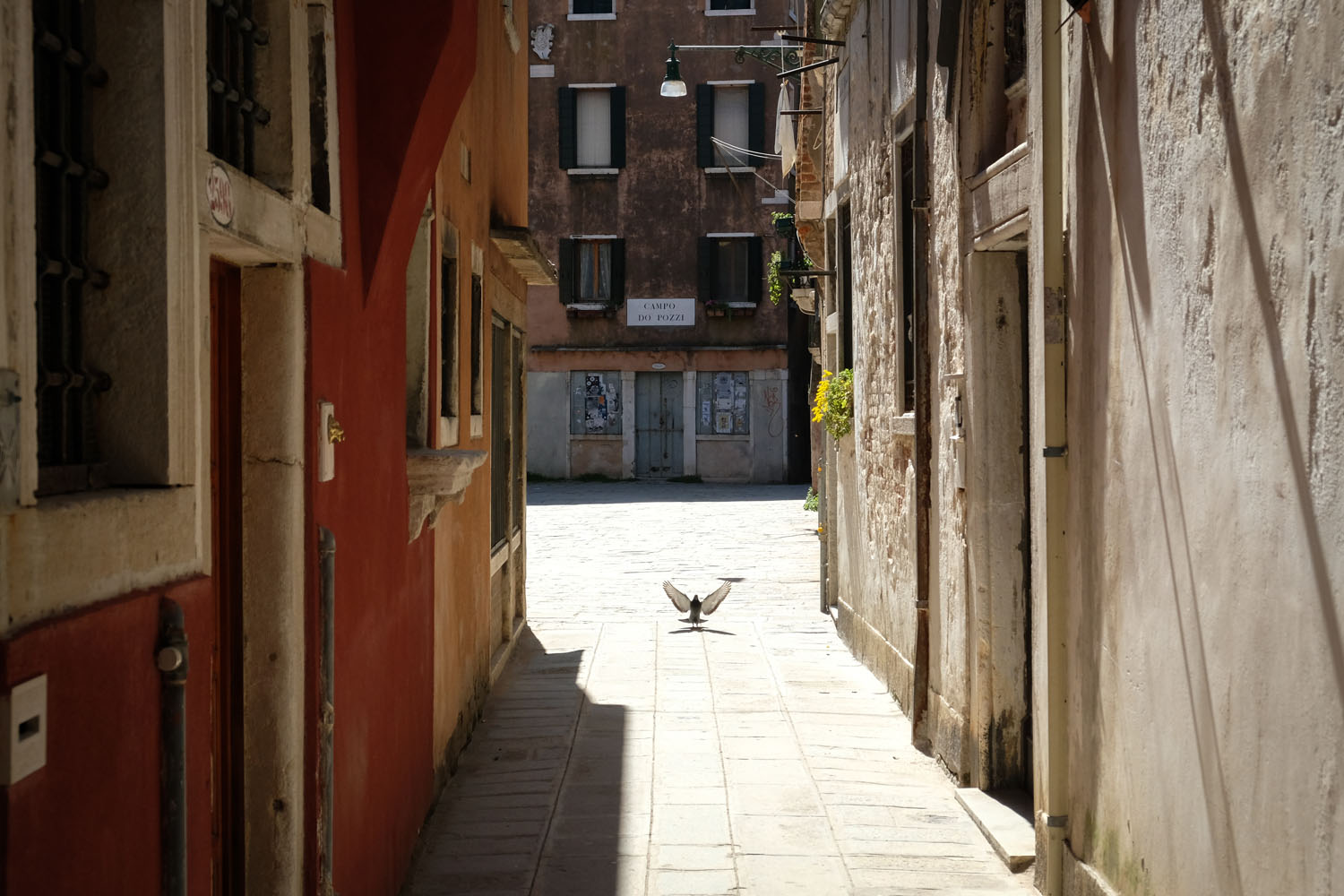
Pascal Xicluna (France)
Street Photography in Venice
Pascal Xicluna(France)
Street Photography in Venice
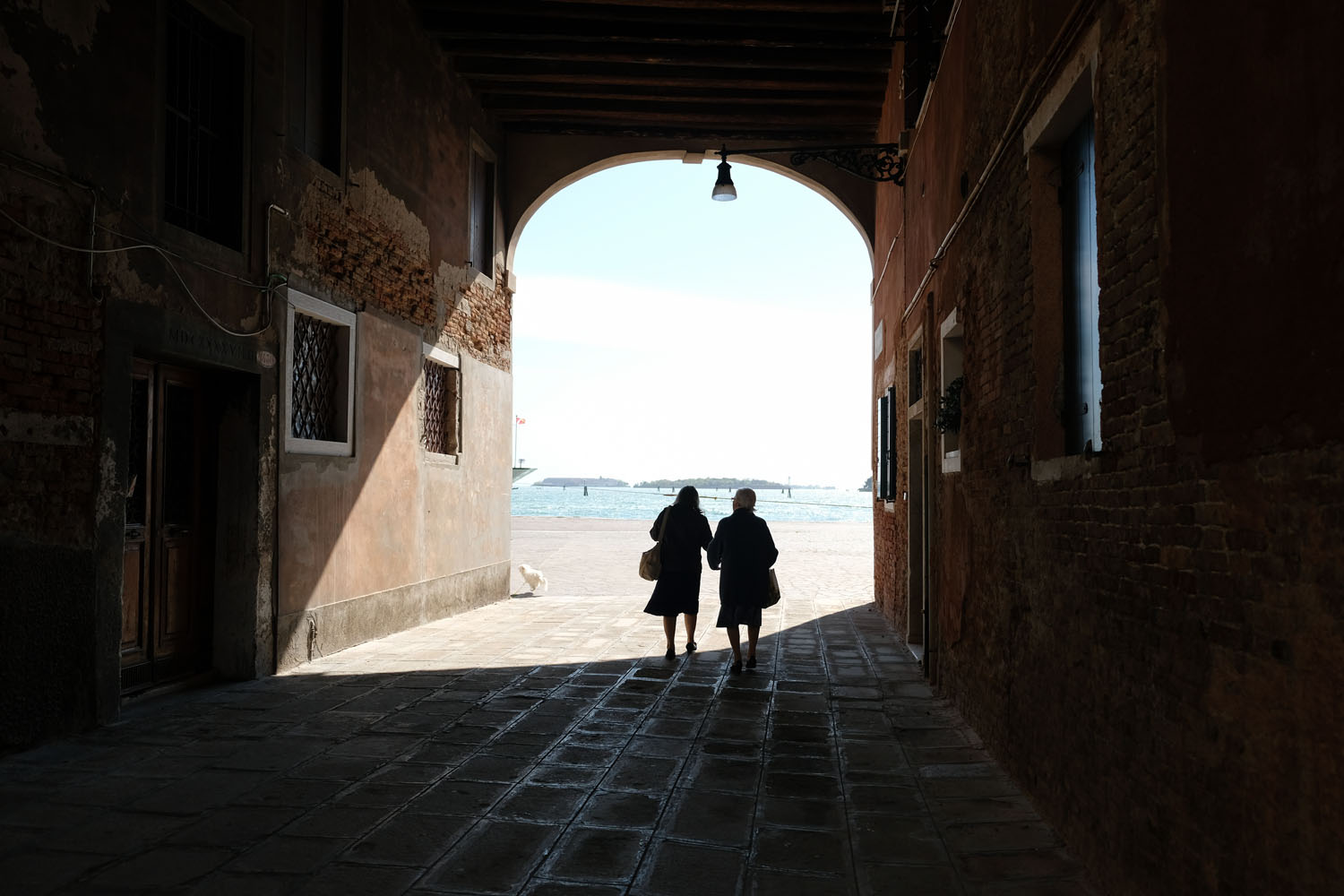
Pascal Xicluna (France)
Street Photography in Venice
Pascal Xicluna(France)
Street Photography in Venice

Pascal Xicluna (France)
Street Photography in Venice
Pascal Xicluna(France)
Street Photography in Venice

Pascal Xicluna (France)
Street Photography in Venice
Pascal Xicluna(France)
Street Photography in Venice
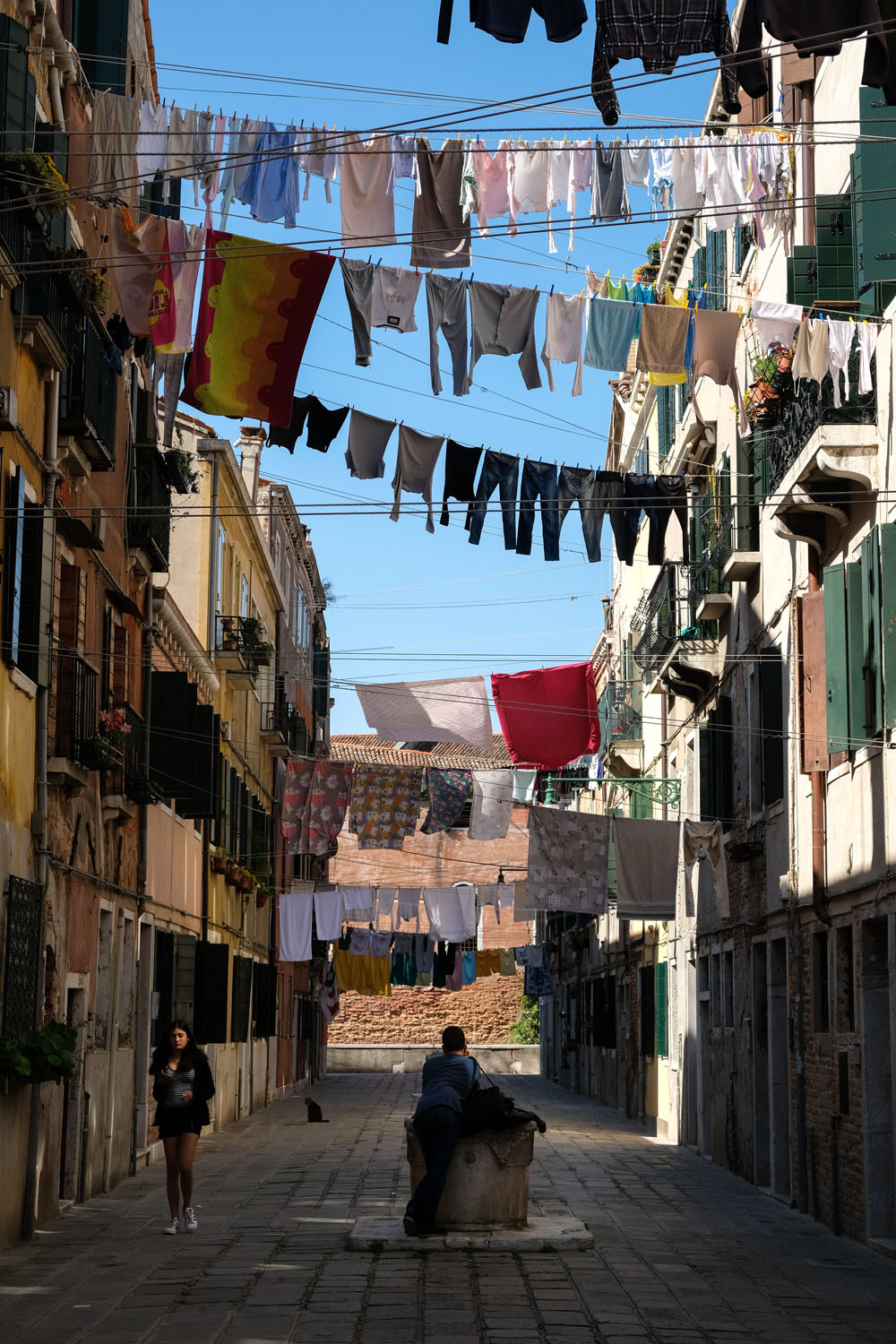
Pascal Xicluna (France)
Street Photography in Venice
Pascal Xicluna(France)
Street Photography in Venice
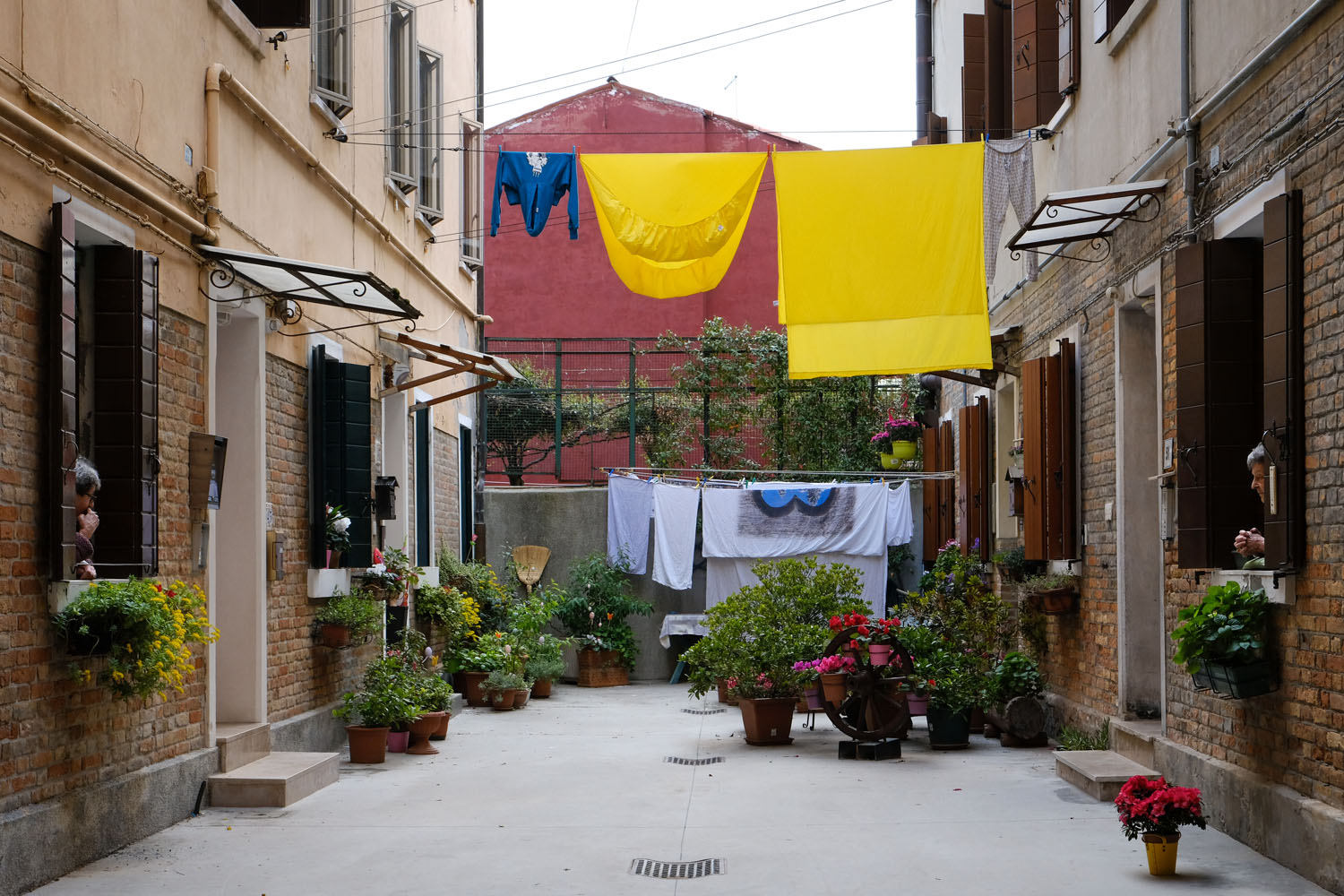
Pascal Xicluna (France)
Street Photography in Venice
Pascal Xicluna(France)
Street Photography in Venice
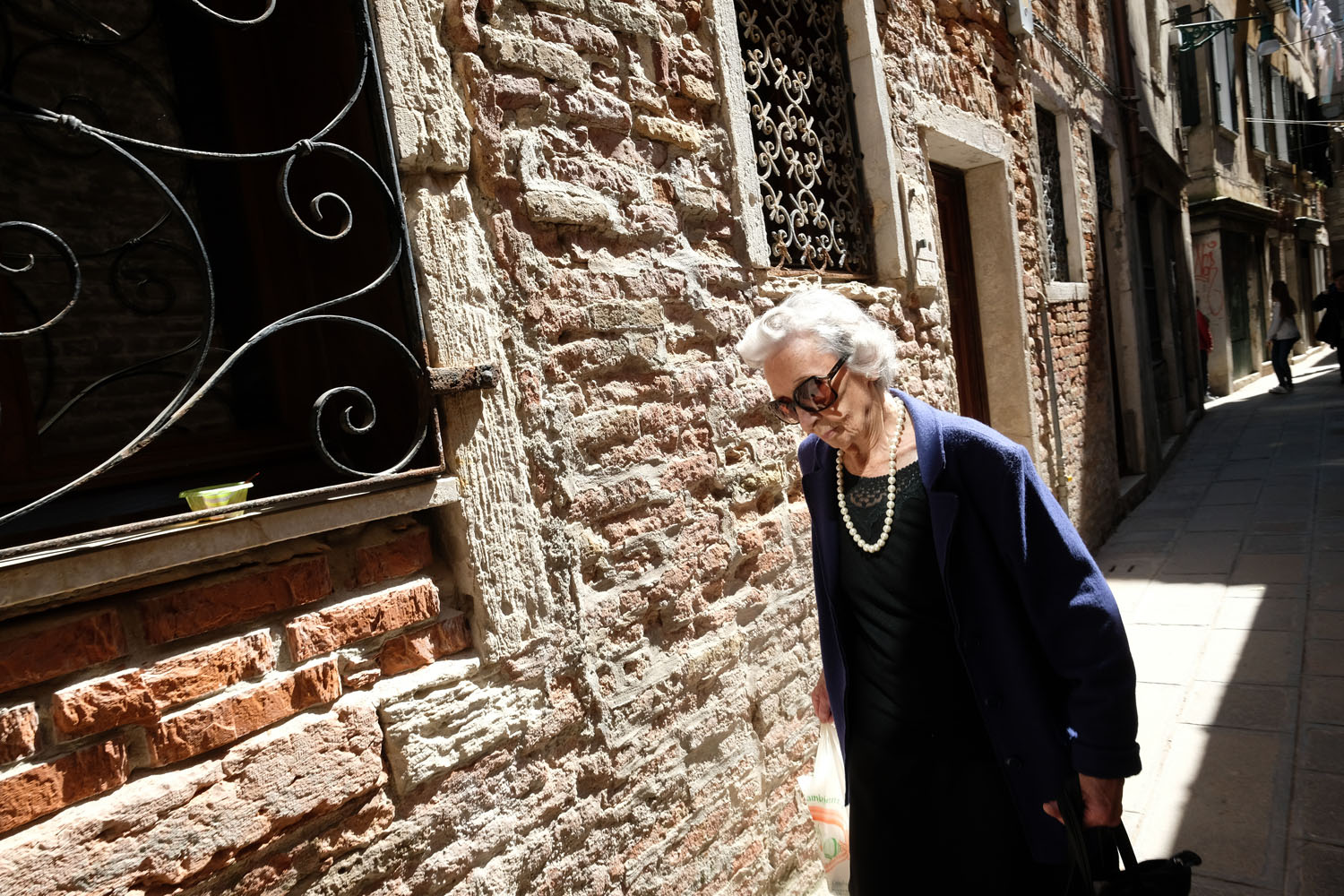
Pascal Xicluna (France)
Street Photography in Venice
Pascal Xicluna(France)
Street Photography in Venice

Pascal Xicluna (France)
Street Photography in Venice
Pascal Xicluna(France)
Street Photography in Venice

Pascal Xicluna (France)
Street Photography in Venice
Pascal Xicluna(France)
Street Photography in Venice
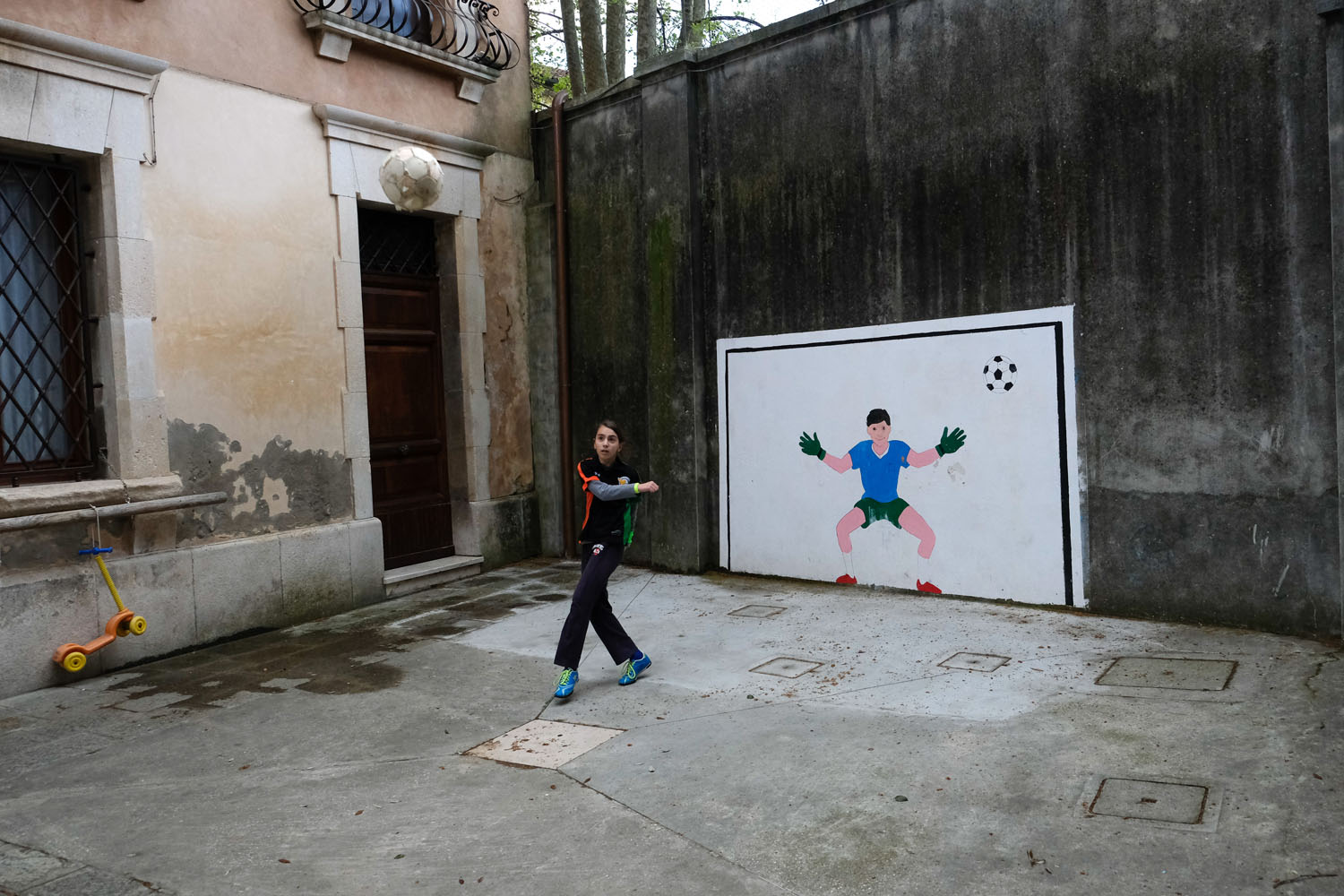
Pascal Xicluna (France)
Street Photography in Venice
Pascal Xicluna(France)
Street Photography in Venice
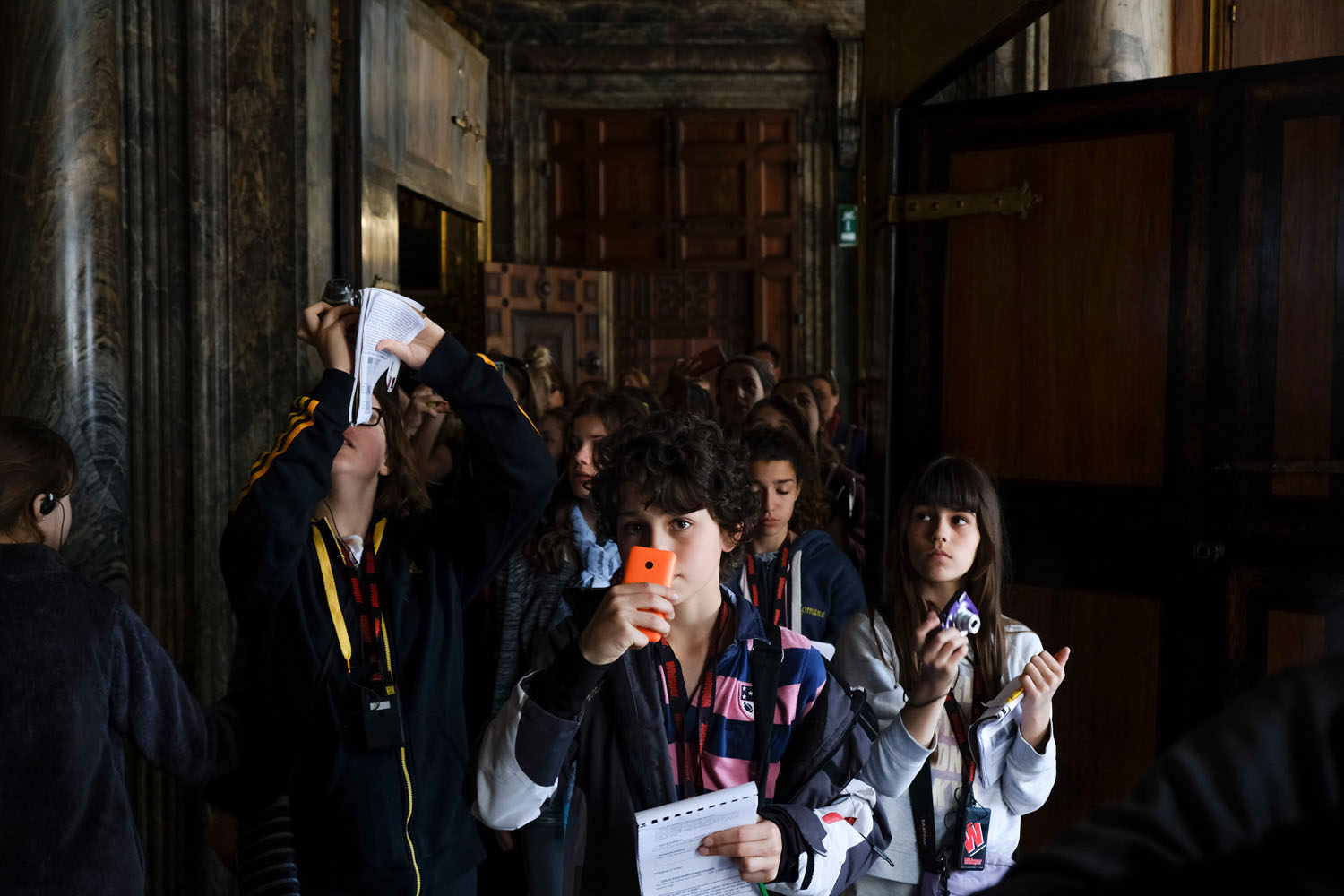
Pascal Xicluna (France)
Street Photography in Venice
Pascal Xicluna(France)
Street Photography in Venice
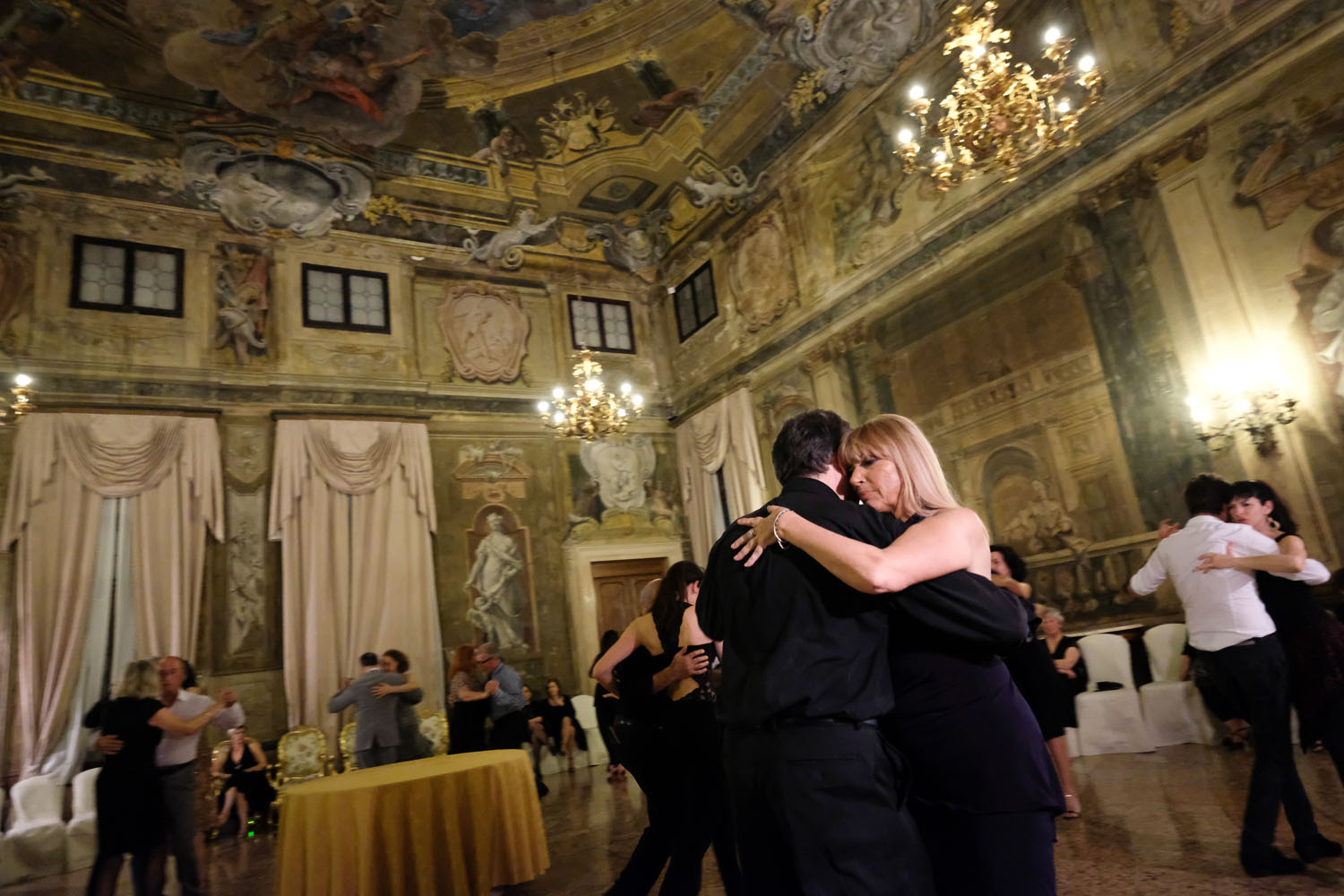
Pascal Xicluna (France)
Street Photography in Venice
Pascal Xicluna(France)
Street Photography in Venice

Pascal Xicluna (France)
Street Photography in Venice
Pascal Xicluna(France)
Street Photography in Venice

Pascal Xicluna (France)
Street Photography in Venice
Pascal Xicluna(France)
Street Photography in Venice

Pascal Xicluna (France)
Gallery 01
Pascal Xicluna(France)
Gallery 01
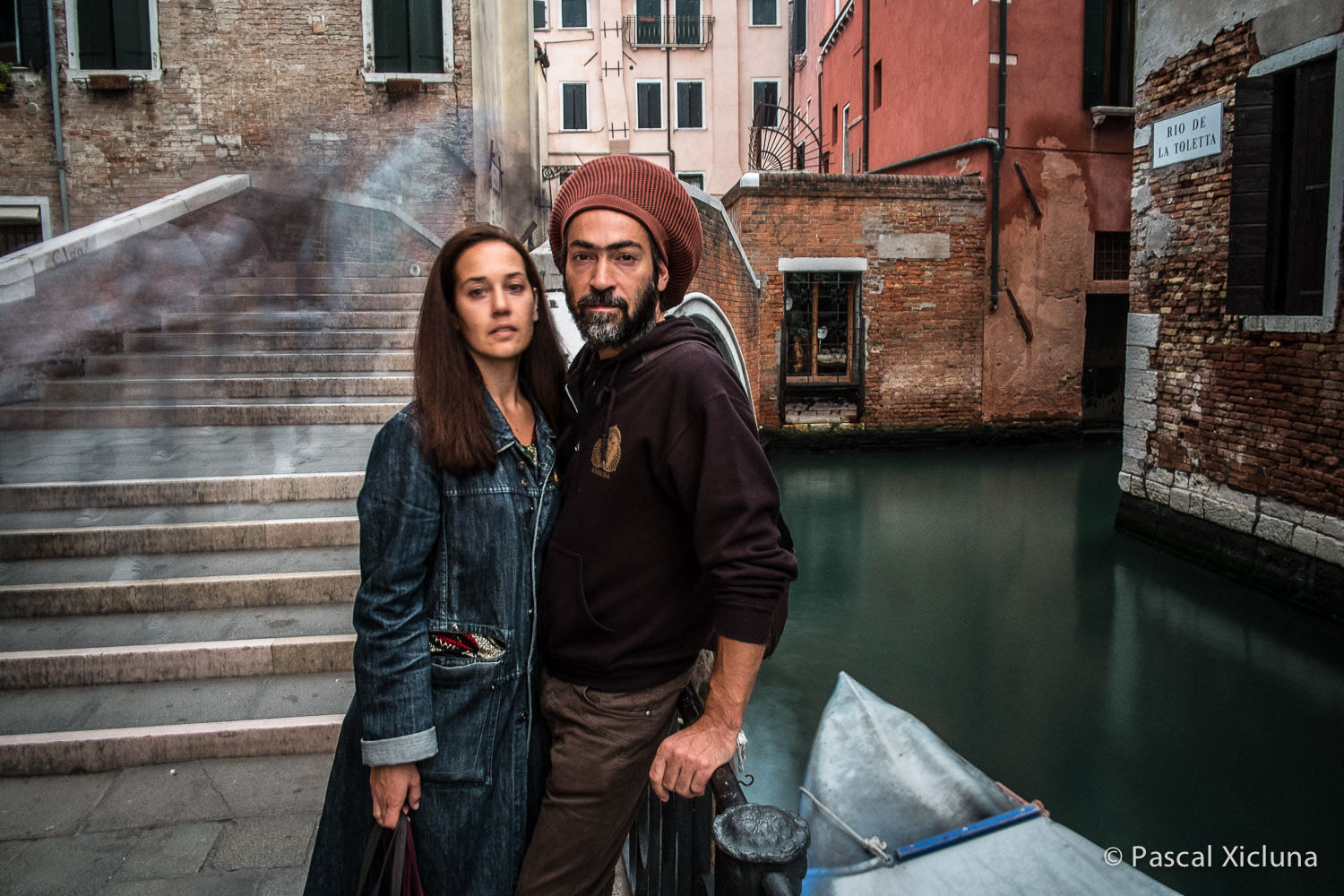
Pascal Xicluna (France)
Gallery 01
Pascal Xicluna(France)
Gallery 01

Pascal Xicluna (France)
Gallery 01
Pascal Xicluna(France)
Gallery 01

Pascal Xicluna (France)
Gallery 01
Pascal Xicluna(France)
Gallery 01

Pascal Xicluna (France)
Gallery 01
Pascal Xicluna(France)
Gallery 01

Pascal Xicluna (France)
Gallery 01
Pascal Xicluna(France)
Gallery 01
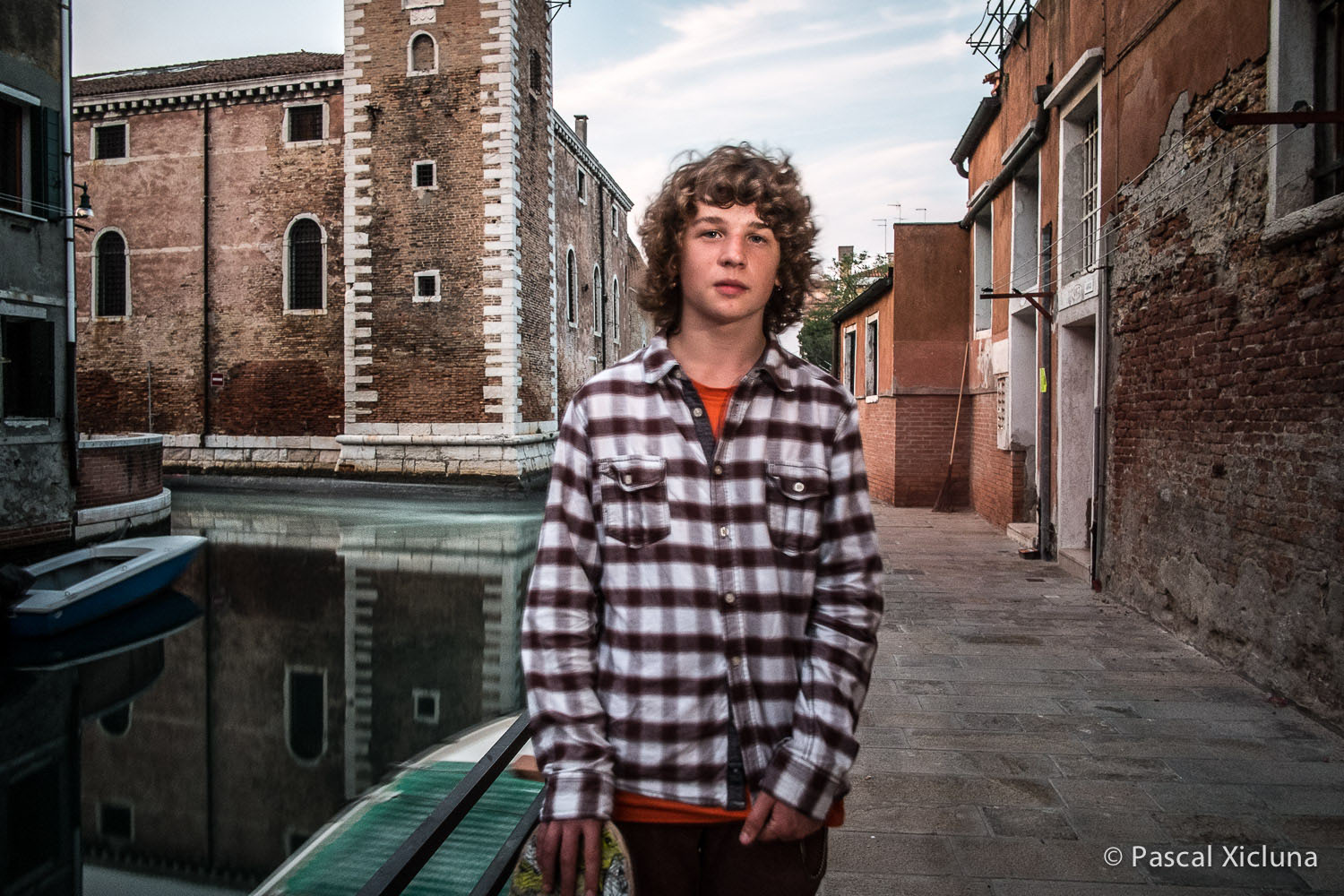
Pascal Xicluna (France)
Gallery 01
Pascal Xicluna(France)
Gallery 01

Pascal Xicluna (France)
Gallery 01
Pascal Xicluna(France)
Gallery 01

Pascal Xicluna (France)
Gallery 01
Pascal Xicluna(France)
Gallery 01
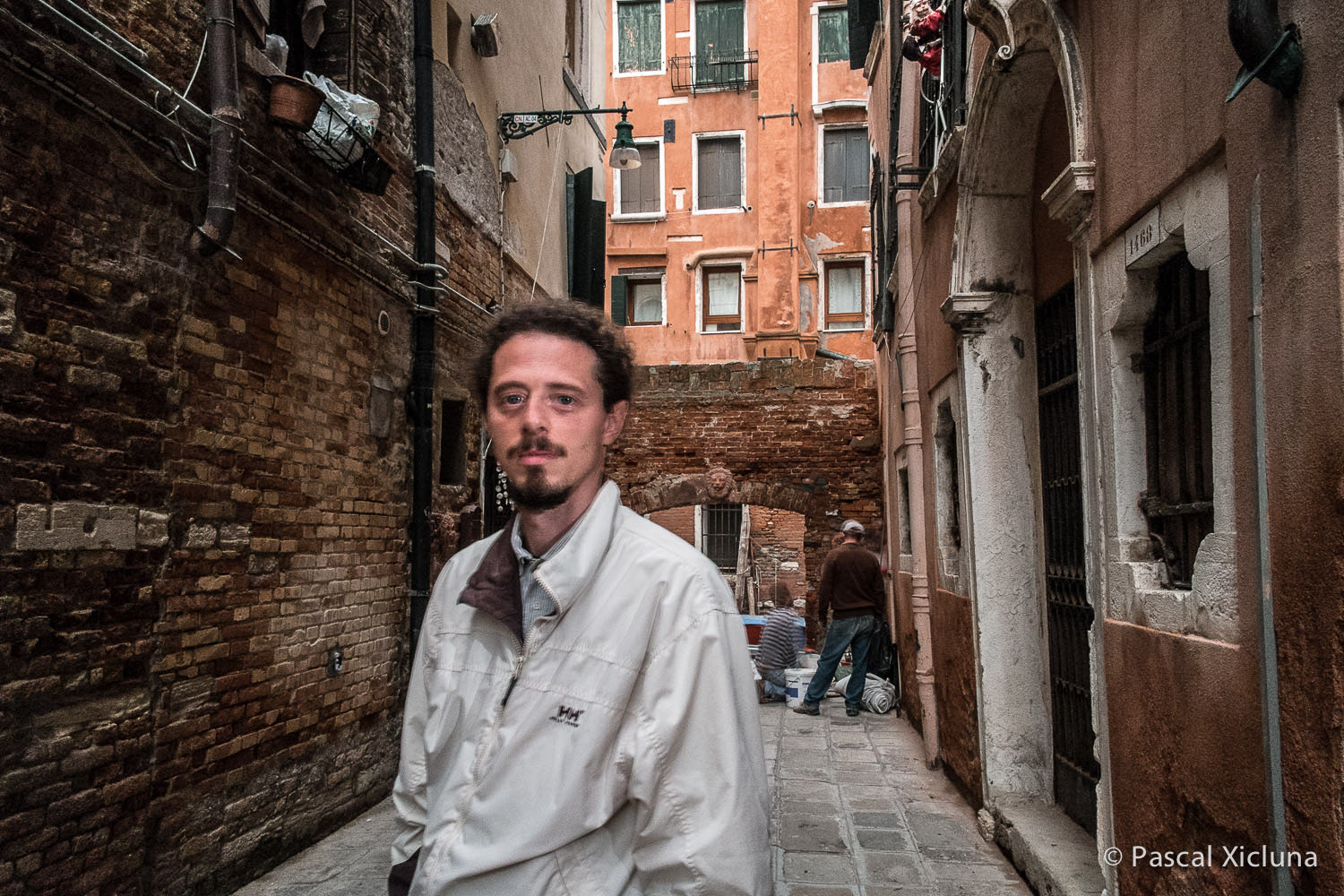
Pascal Xicluna (France)
Gallery 01
Pascal Xicluna(France)
Gallery 01

Pascal Xicluna (France)
Gallery 01
Pascal Xicluna(France)
Gallery 01

Pascal Xicluna (France)
Gallery 01
Pascal Xicluna(France)
Gallery 01
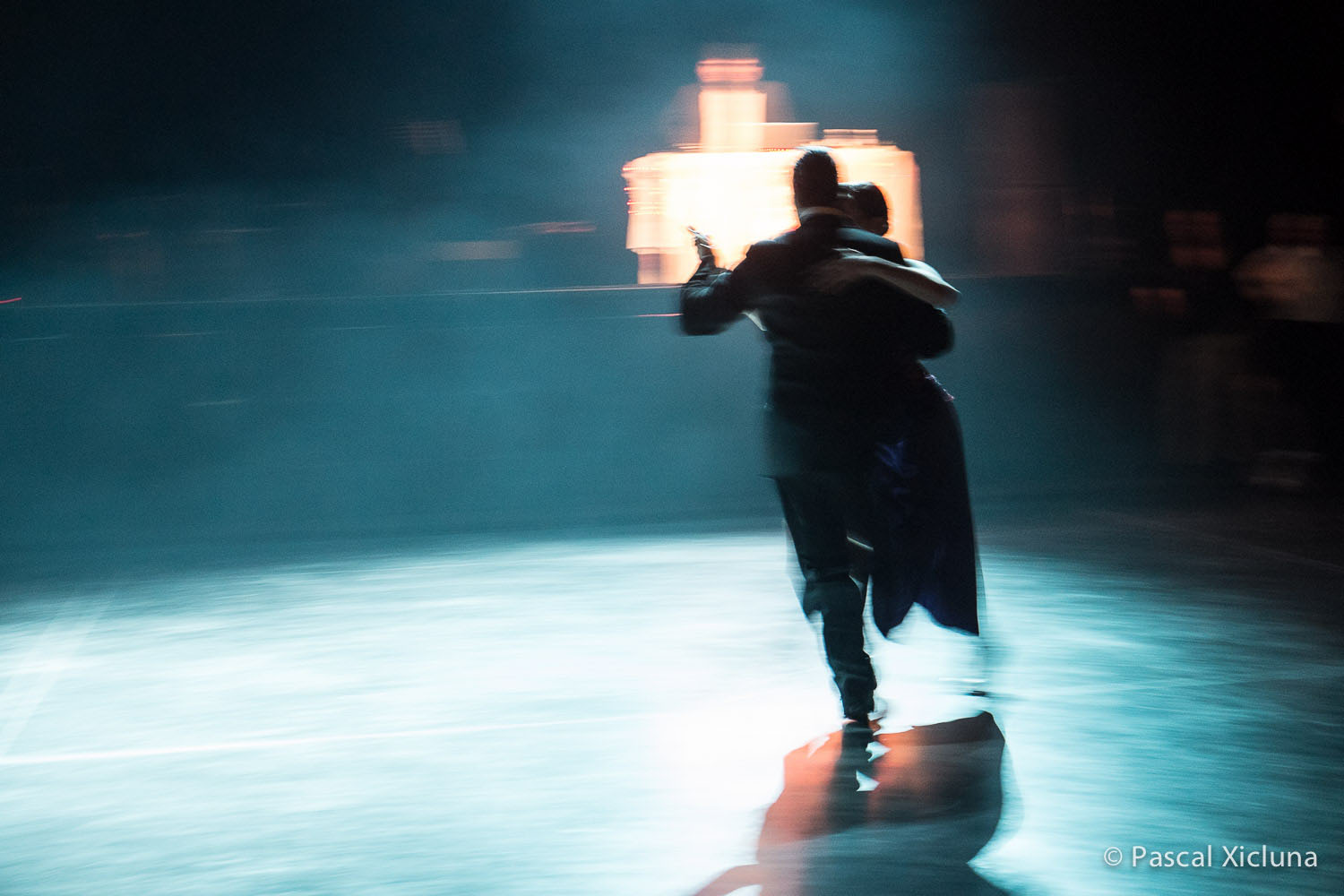
Pascal Xicluna (France)
Gallery 01
Pascal Xicluna(France)
Gallery 01

Pascal Xicluna (France)
Gallery 01
Pascal Xicluna(France)
Gallery 01

Pascal Xicluna (France)
Gallery 01
Pascal Xicluna(France)
Gallery 01
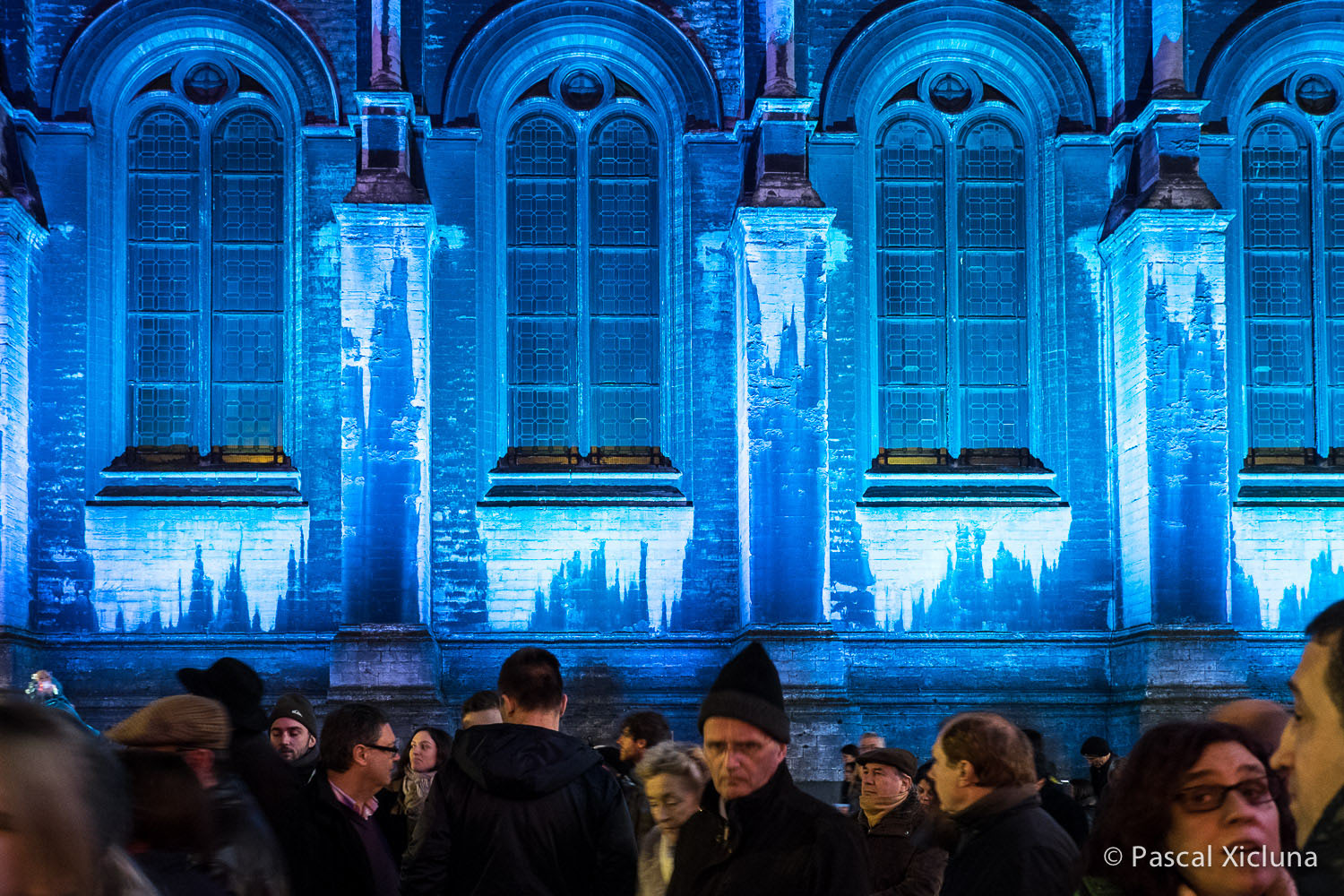
Pascal Xicluna (France)
Gallery 01
Pascal Xicluna(France)
Gallery 01
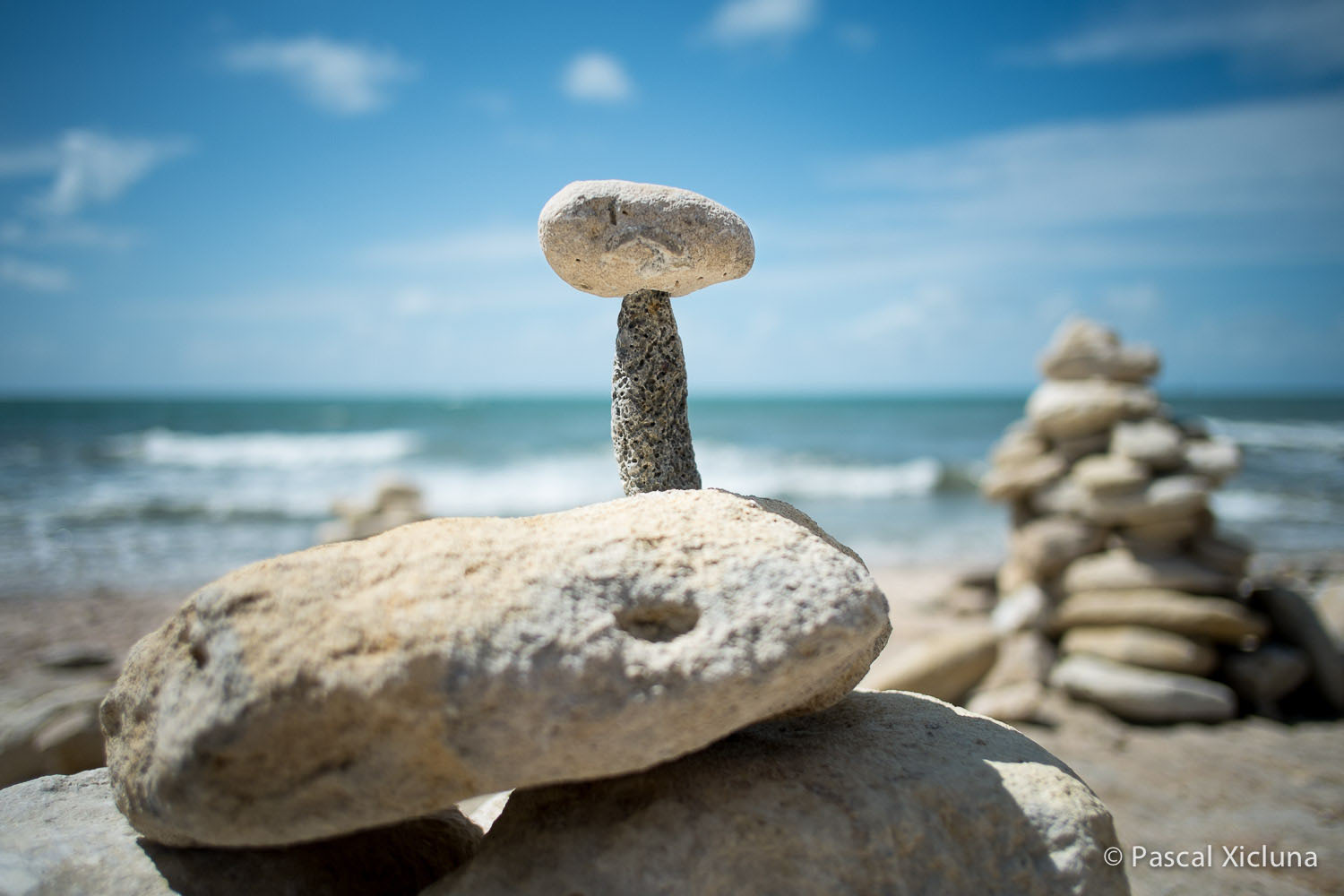
Pascal Xicluna (France)
Gallery 01
Pascal Xicluna(France)
Gallery 01

Pascal Xicluna (France)
Gallery 01
Pascal Xicluna(France)
Gallery 01















































